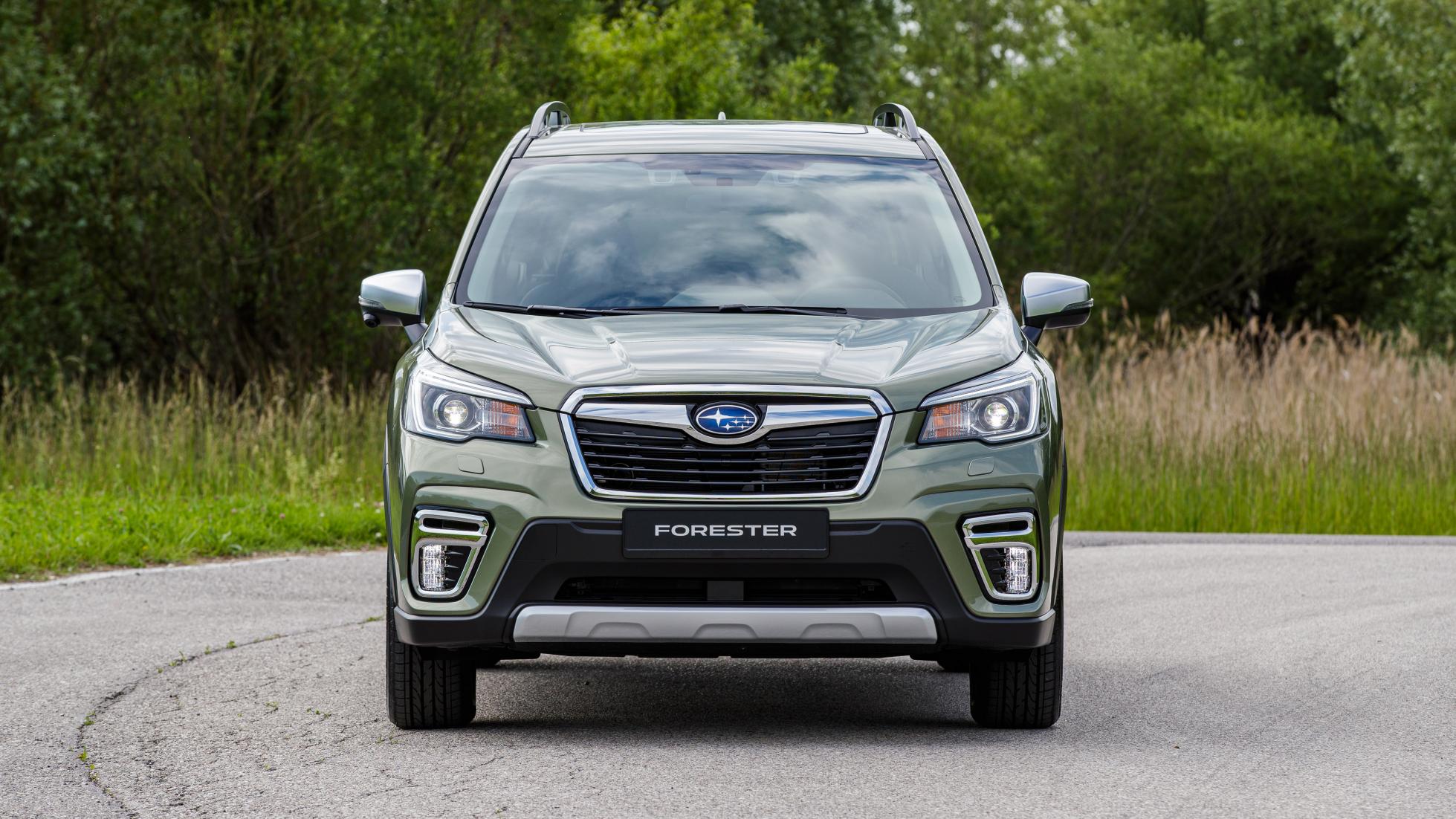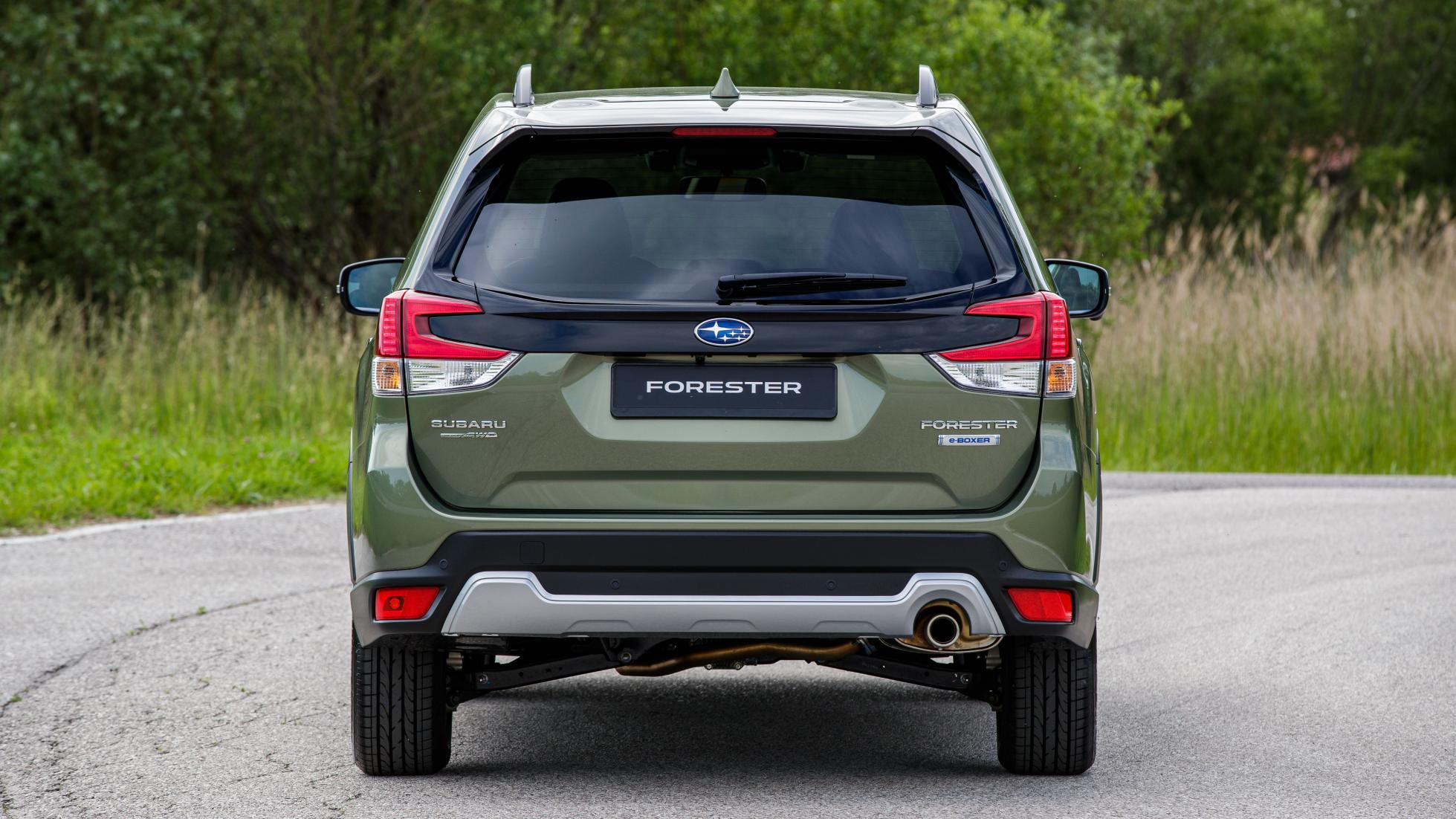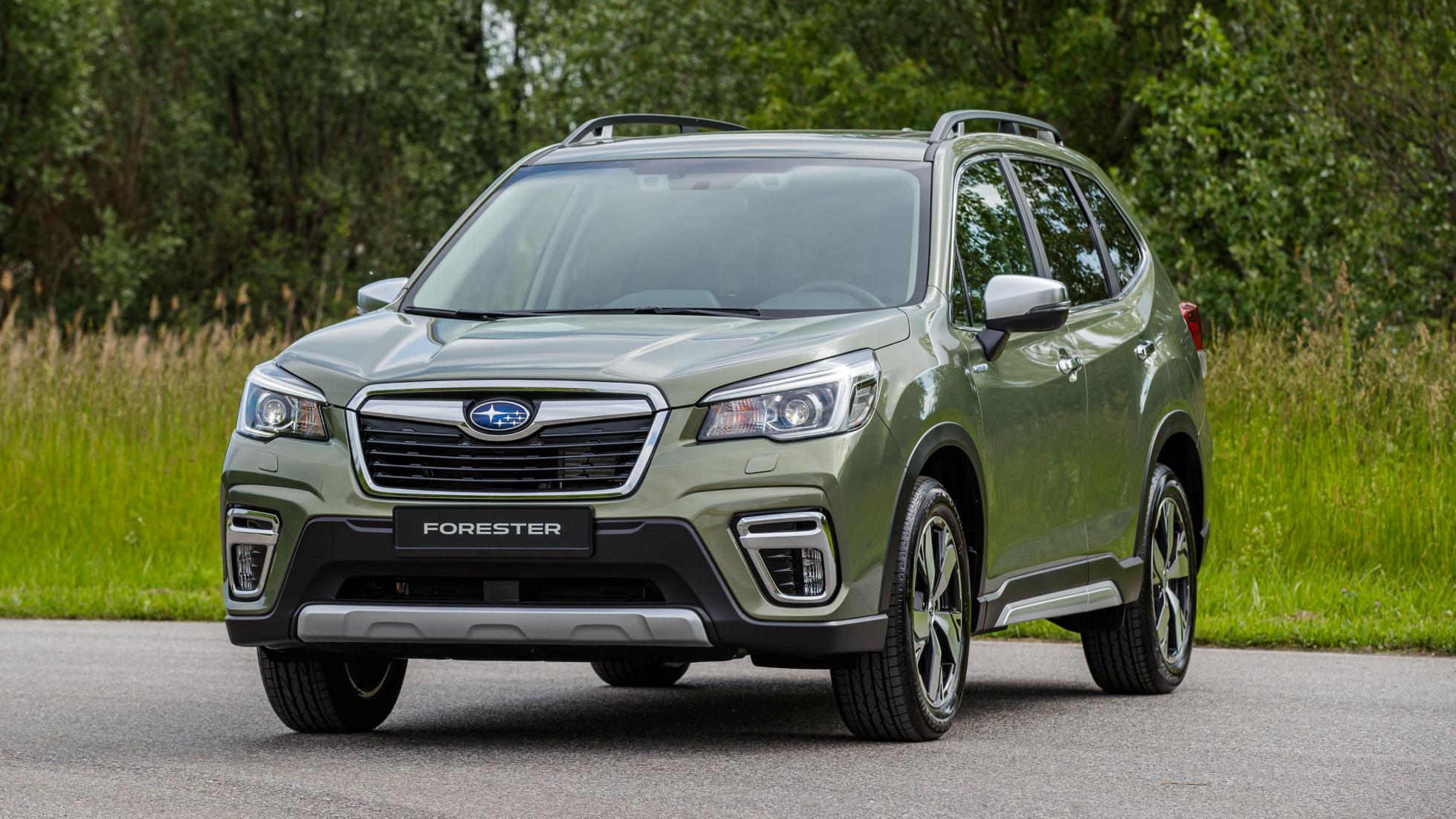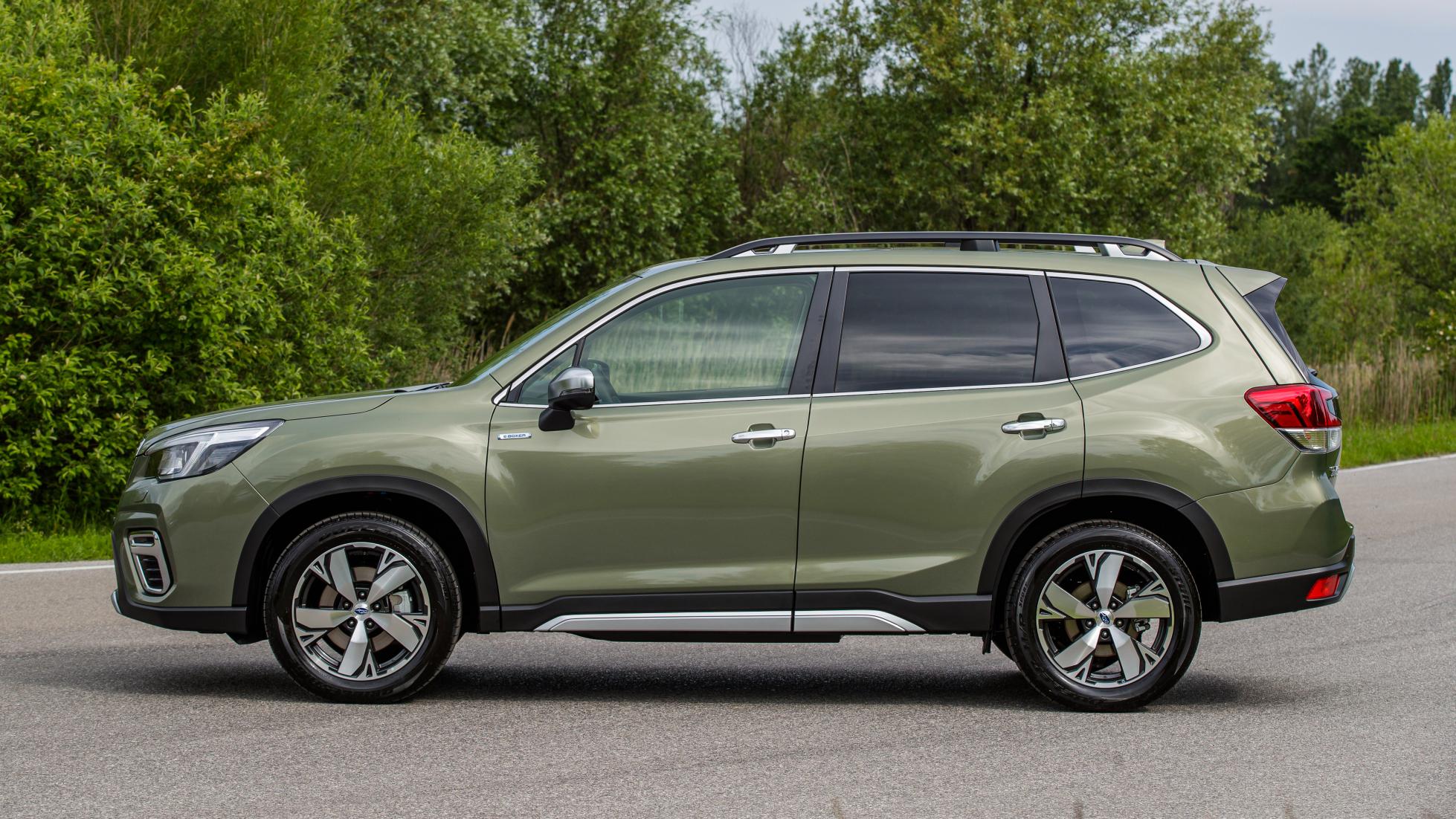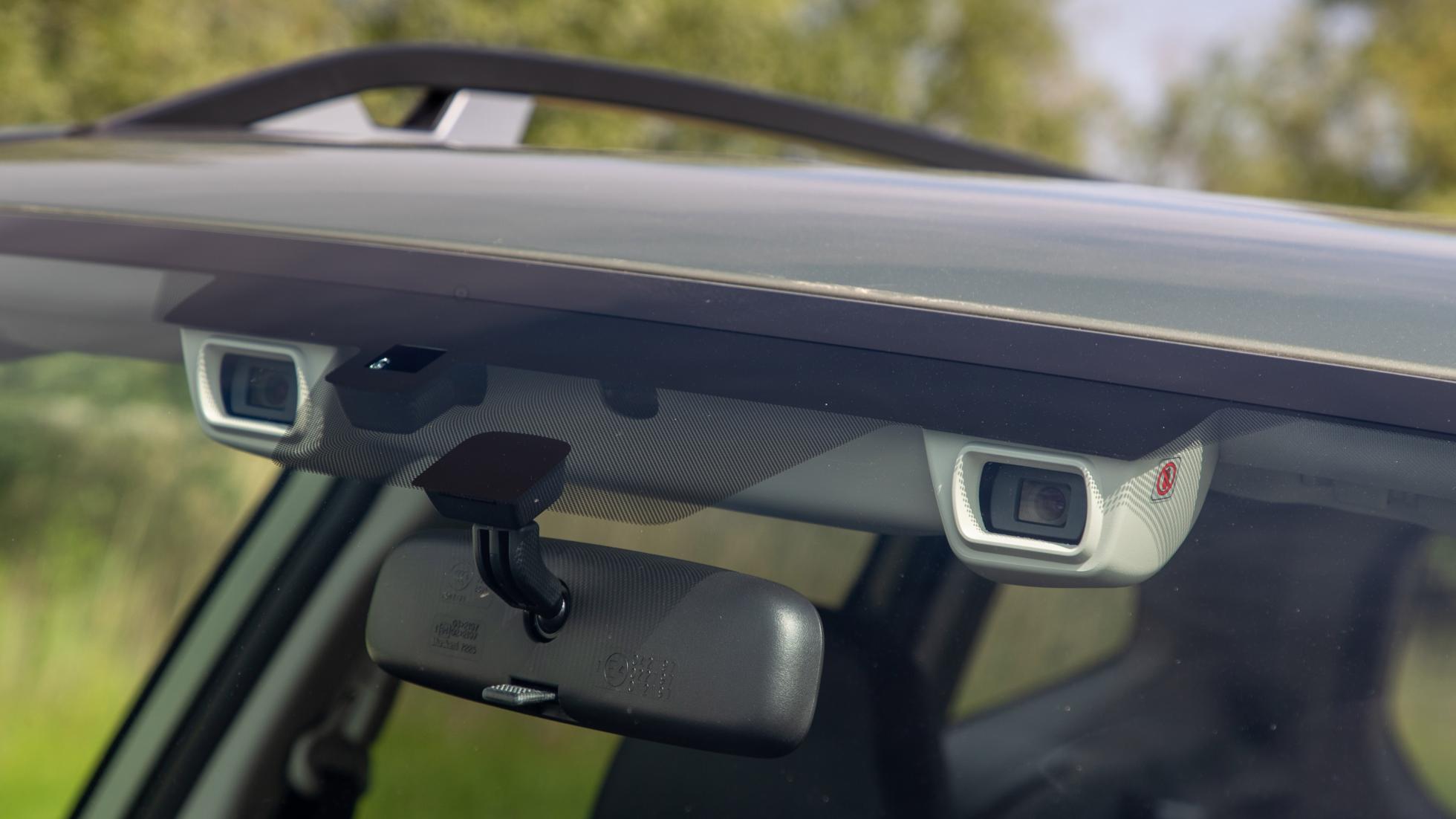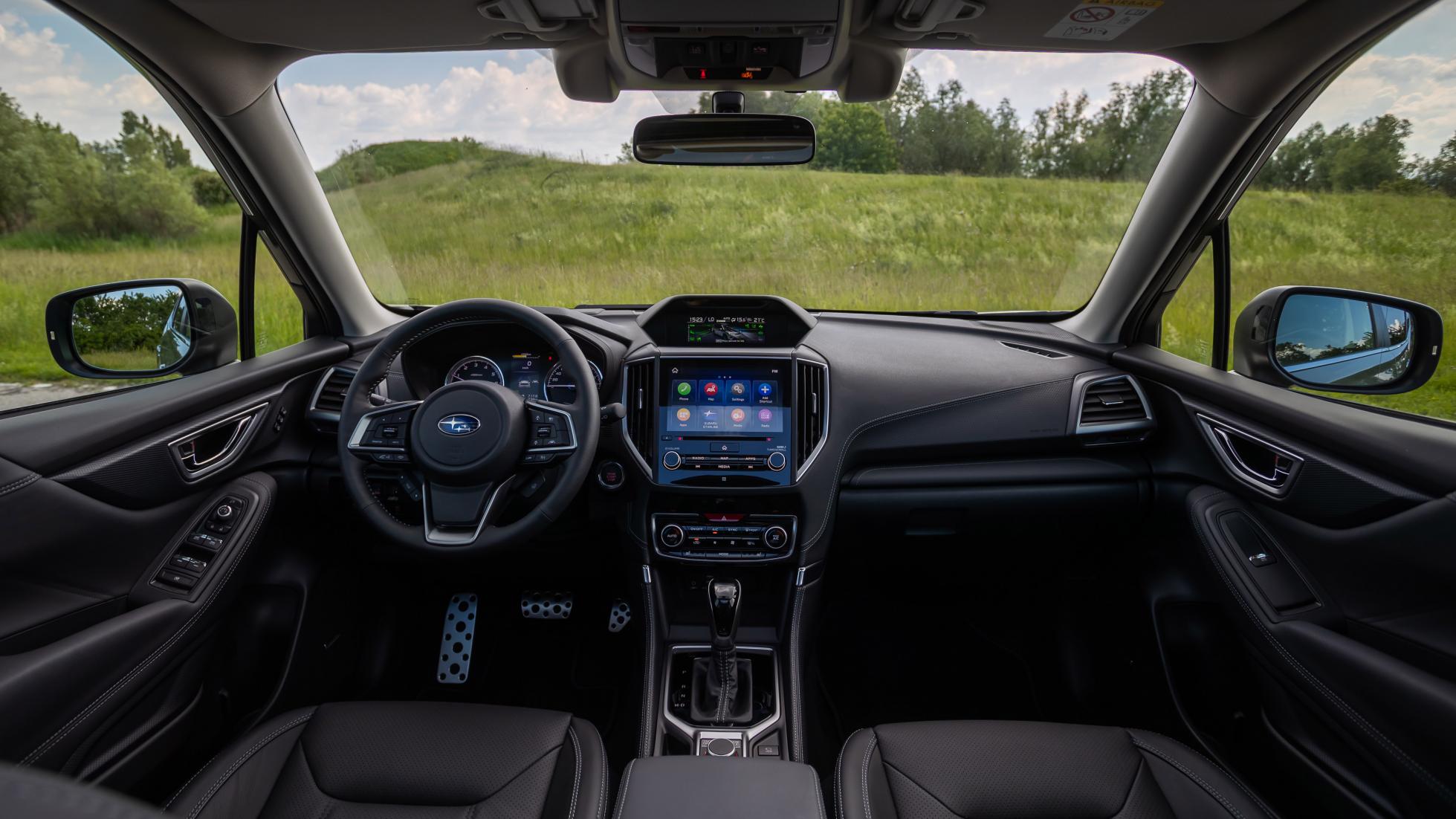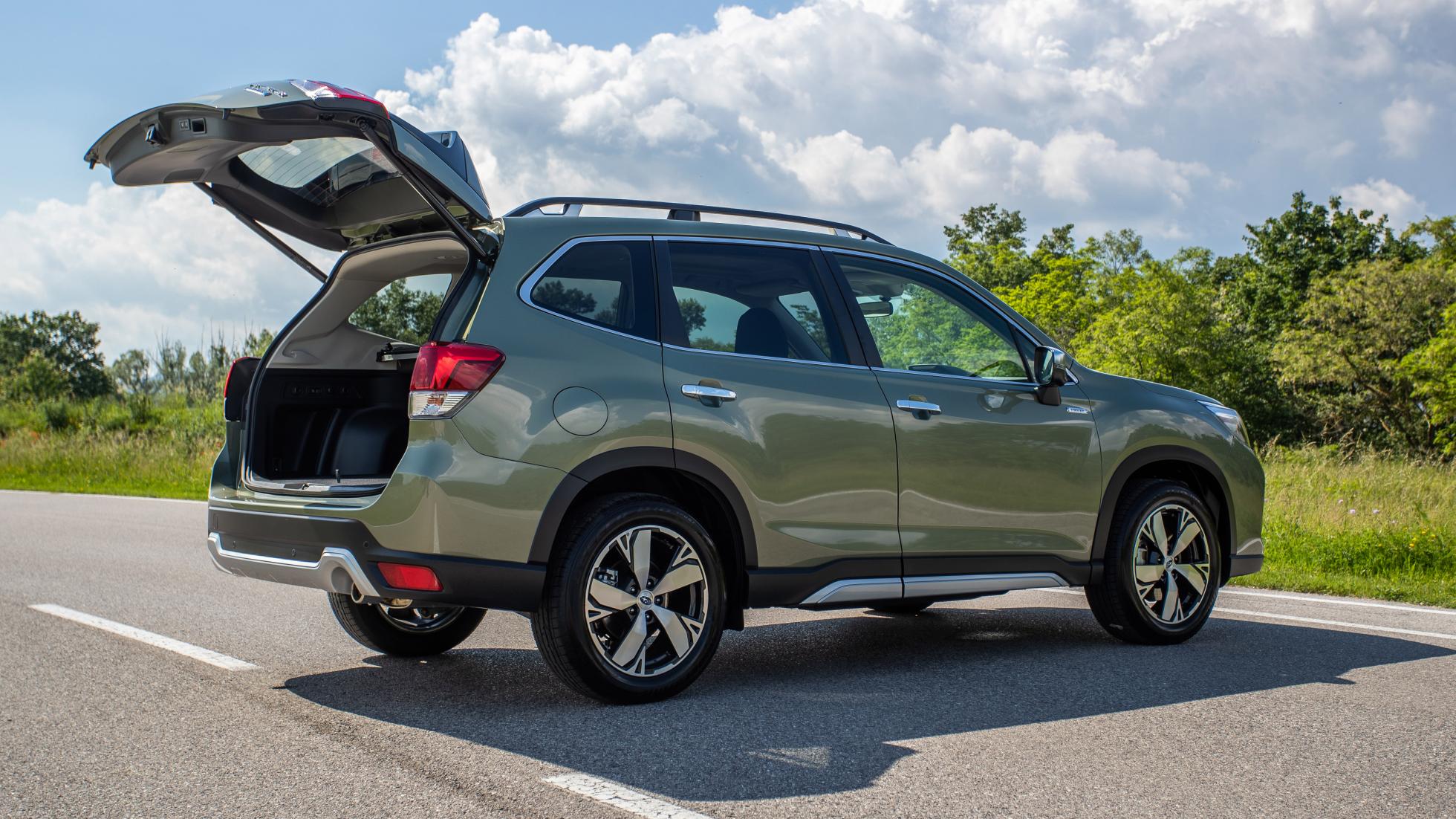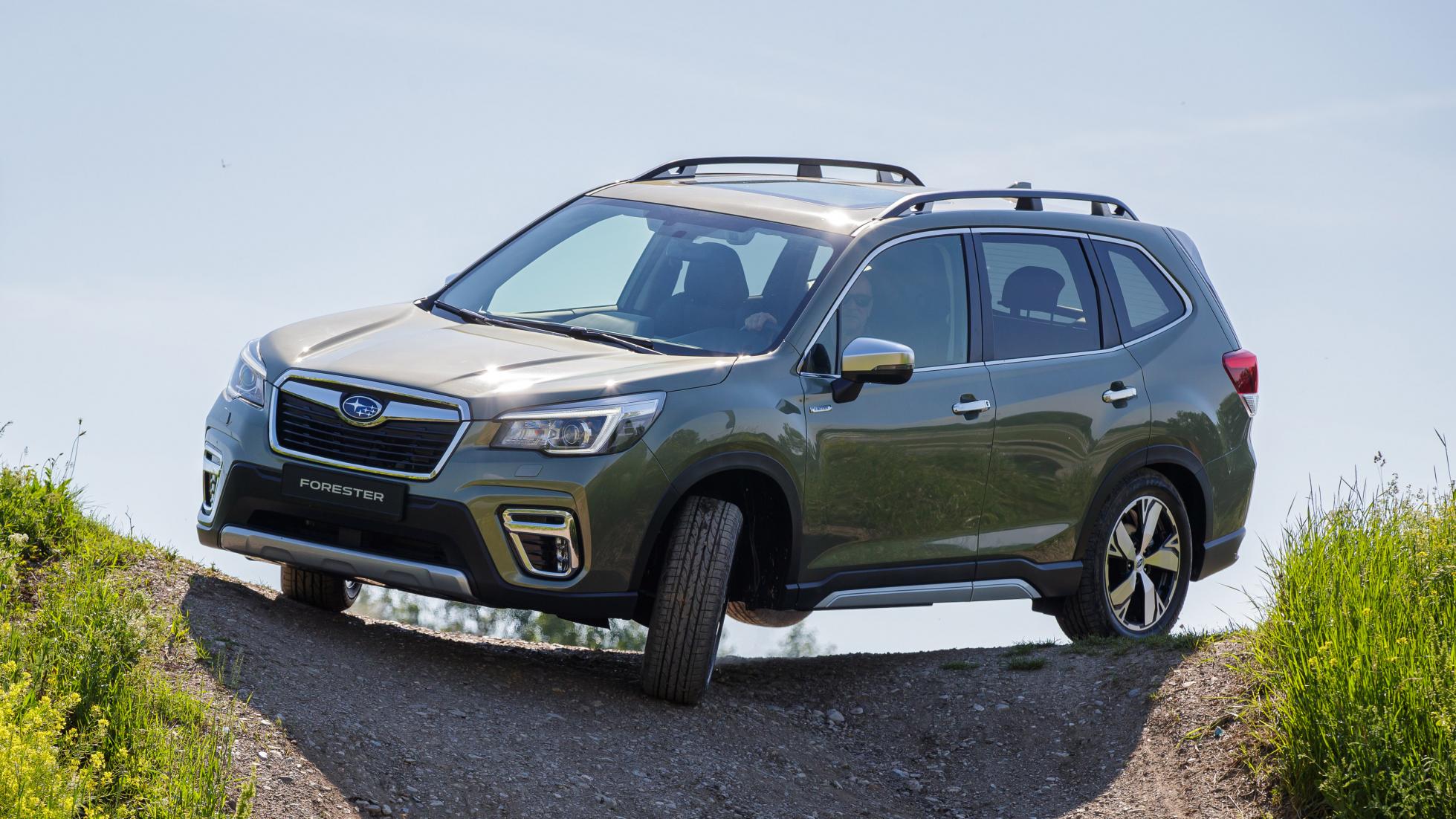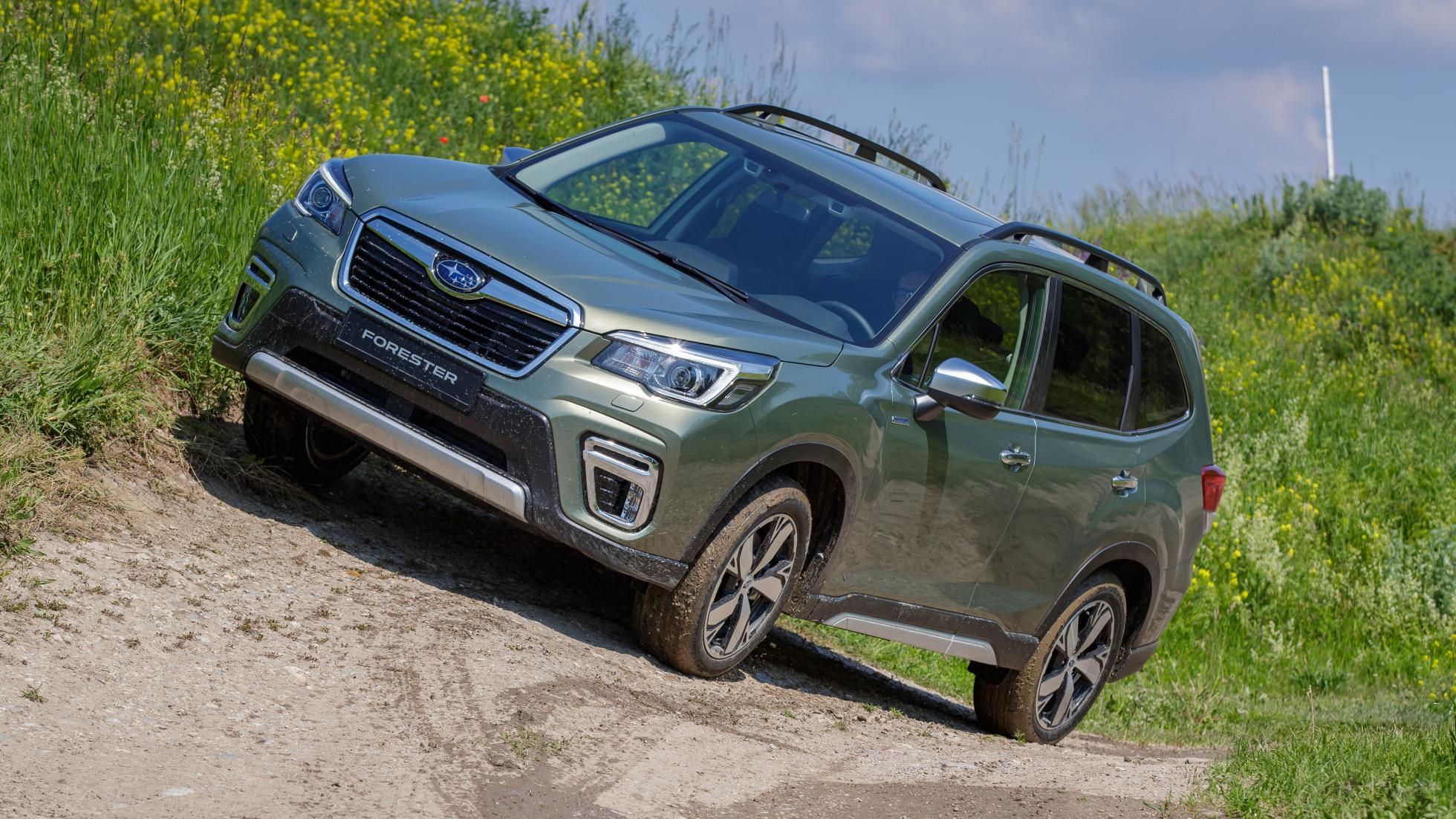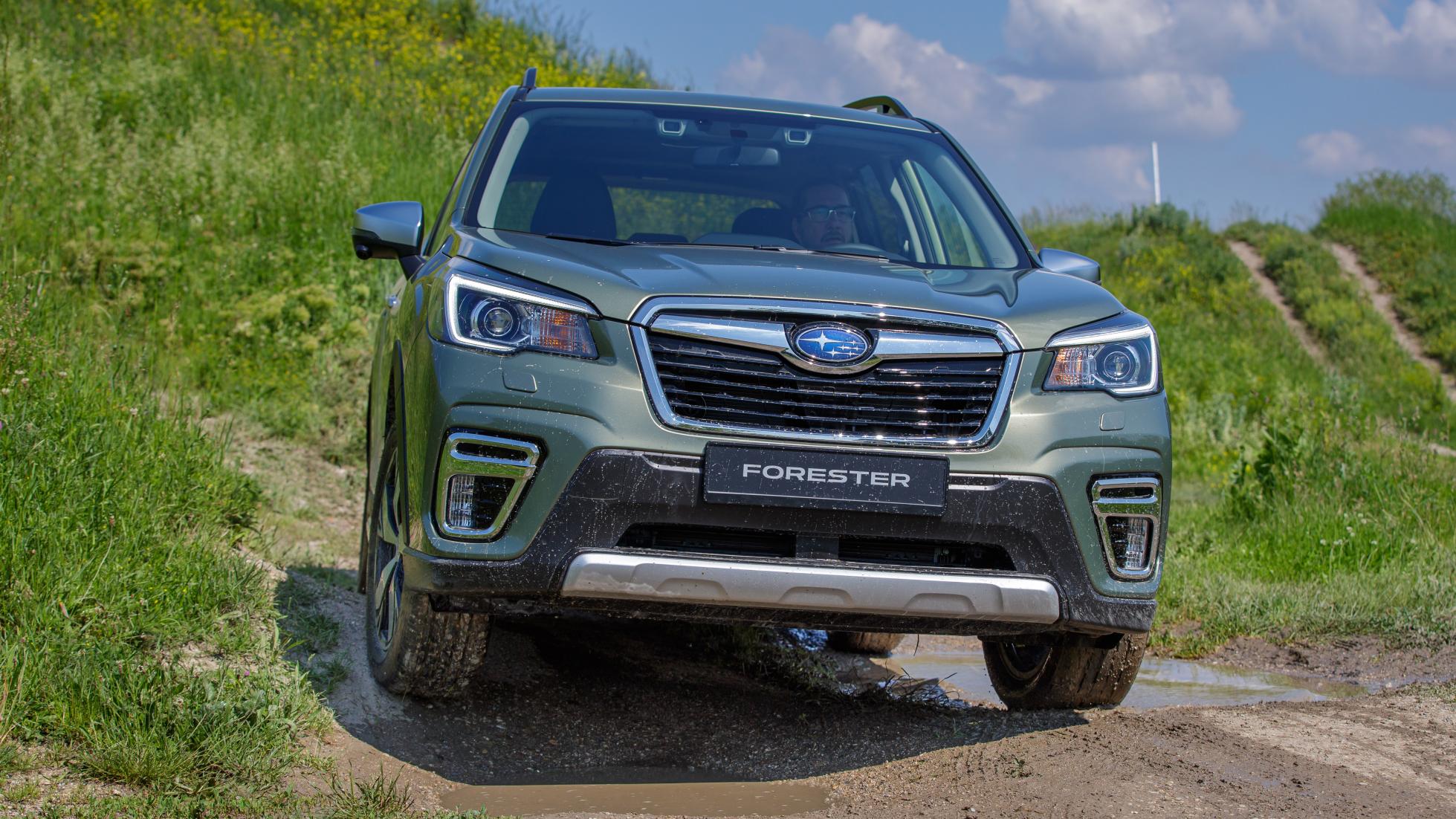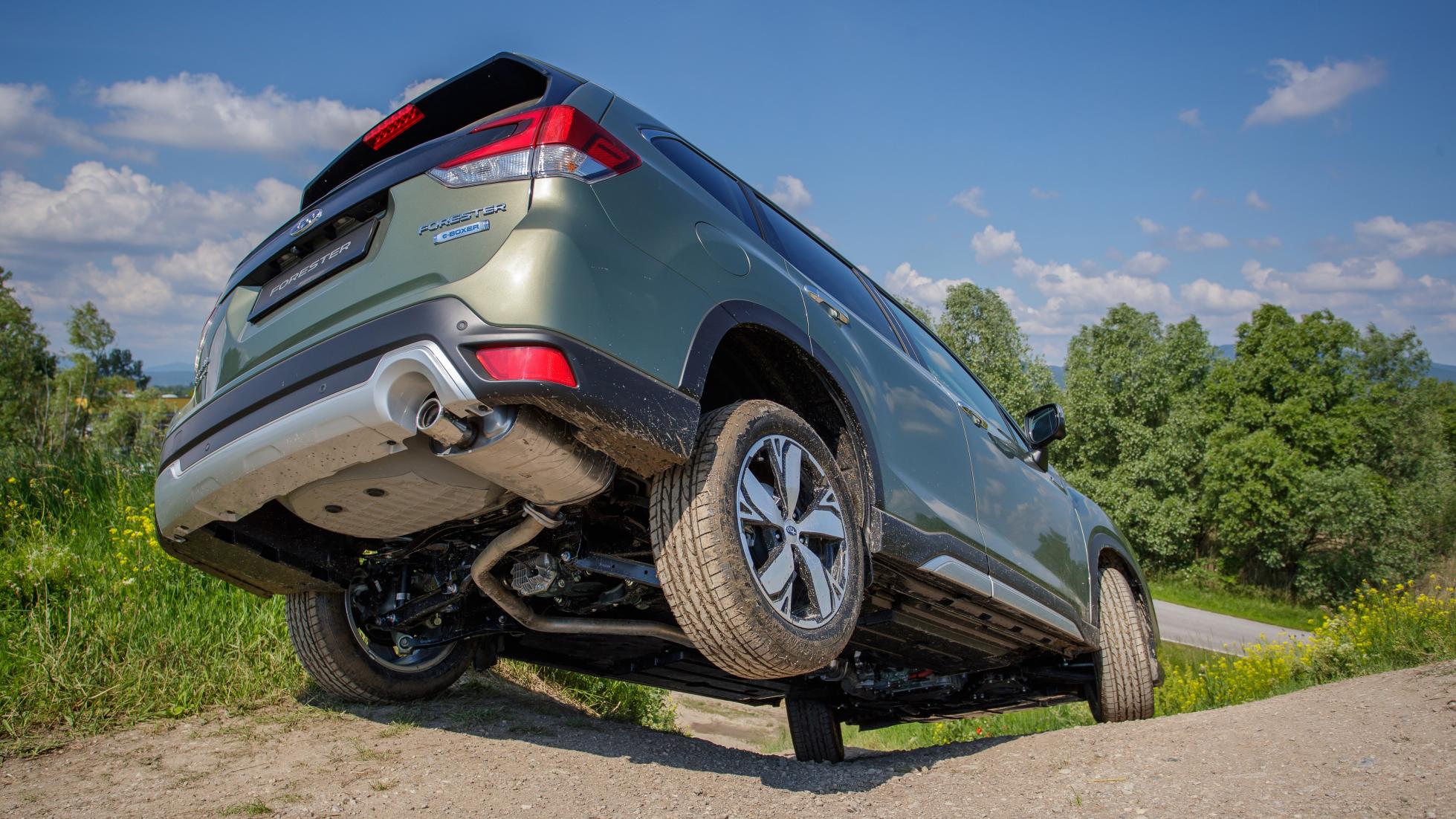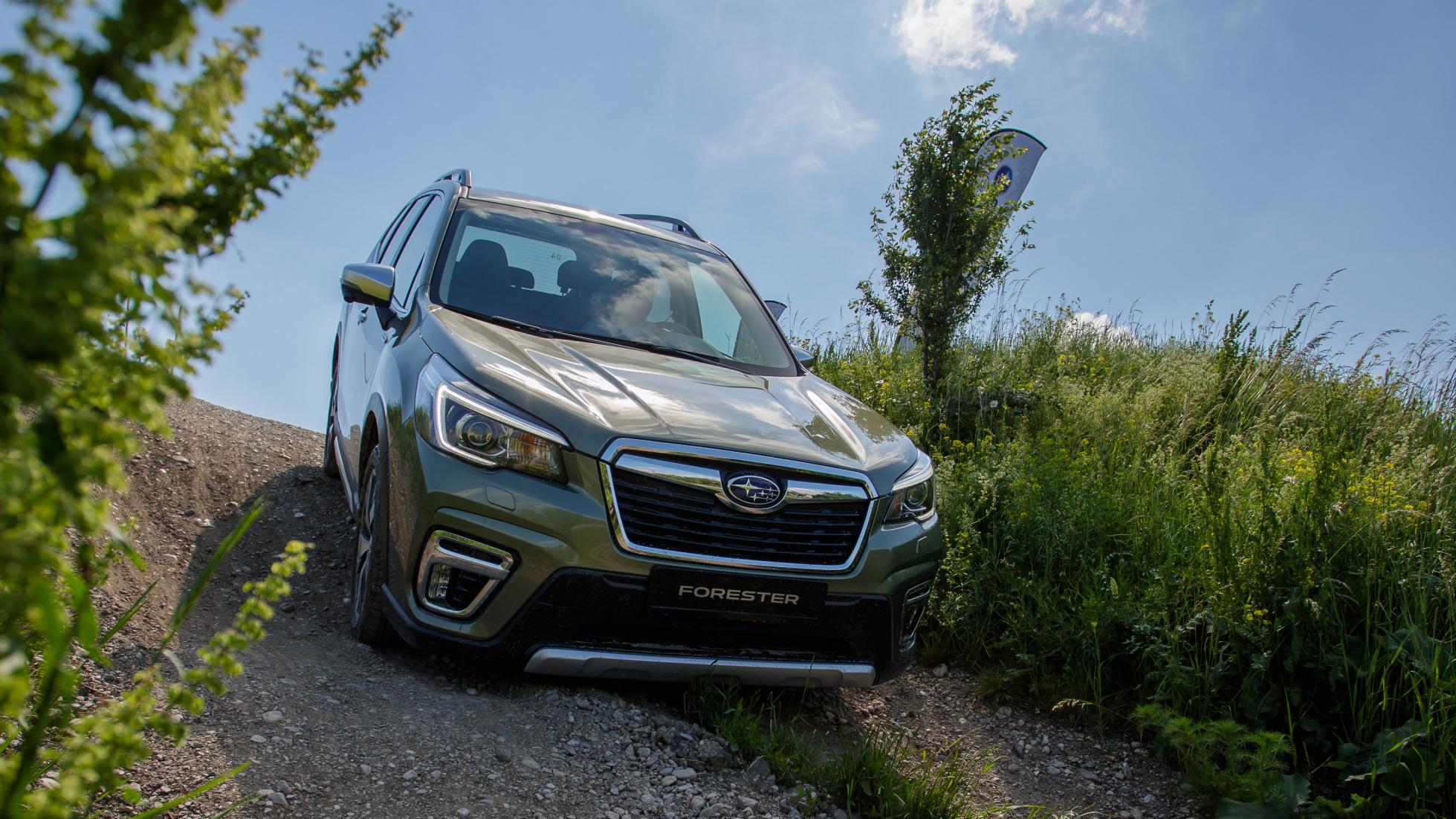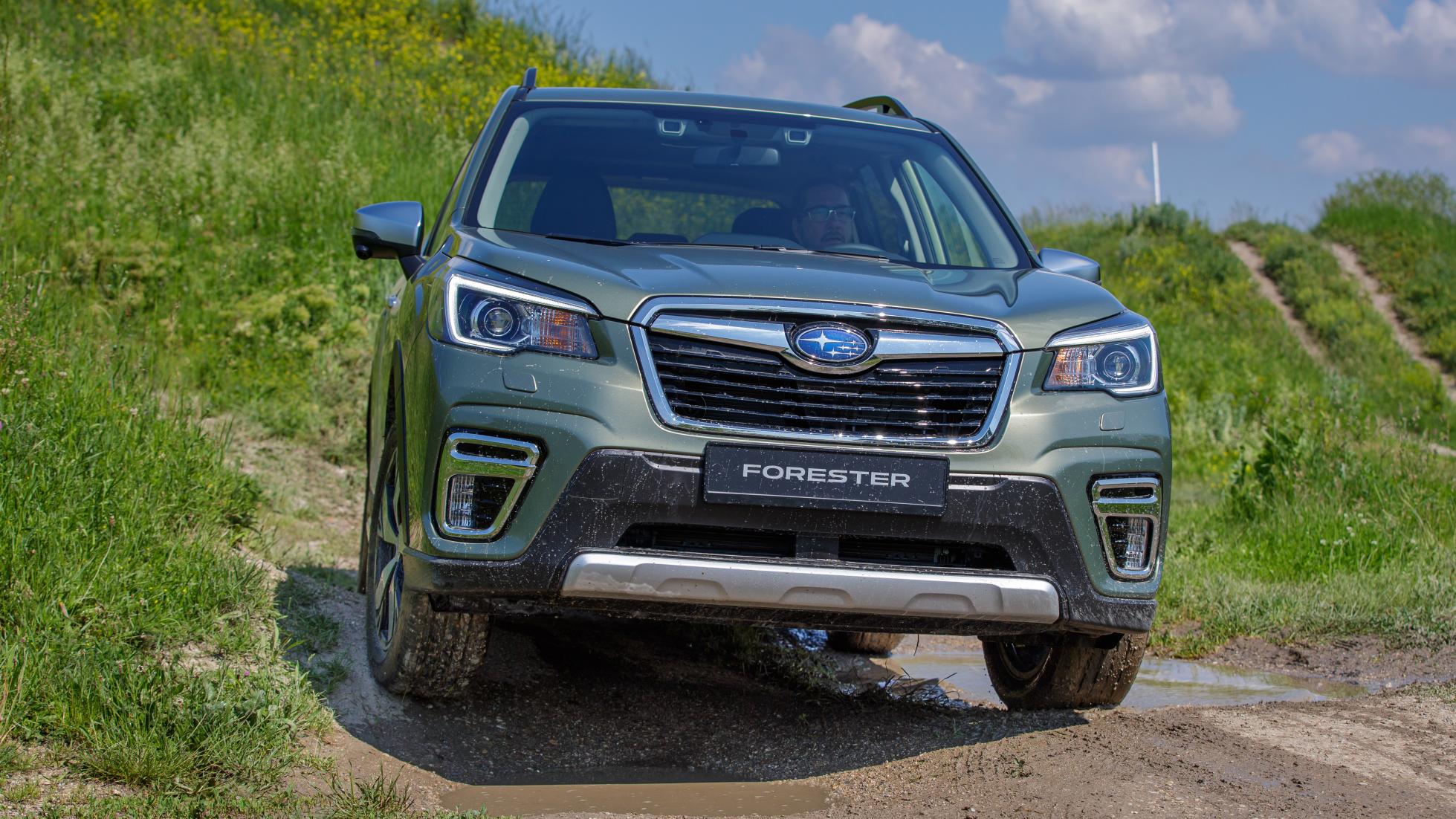
OVERVIEW - What is it?
In the past, TG has been a big fan of the Subaru Forester. Previous versions were honest, able and reliable – favouring substance and actual off-road ability when so many others searched (often fruitlessly in this crossover SUV segment) in pursuit of style points. However, although it may not look like it at first glance, big changes have come for the Scooby SUV.
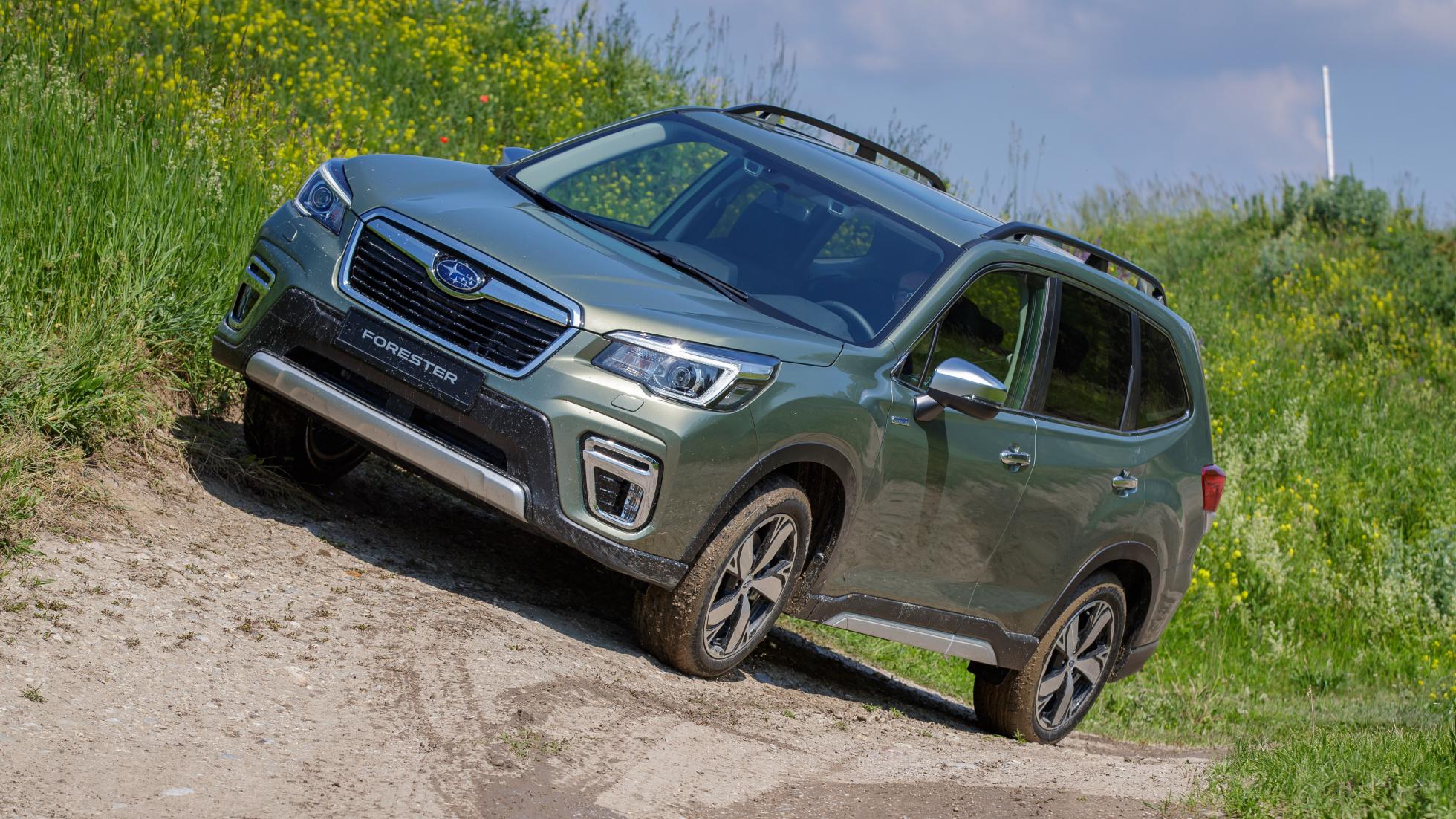
Yep, like so many of its rivals, the Forester has gone hybrid. So, to give it its full name – this is the Subaru Forester e-Boxer.
The vitals are as follows: as you might have guessed, at the e-Boxer’s heart is still a Subaru classic – a 2.0-litre four-cylinder Boxer engine. When combined with a small lithium ion battery and electric motor, power stands at 164bhp and 262Nm of torque. There’s also permanent four-wheel drive and a CVT automatic gearbox to get said power to said wheels.
Exterior changes over the old internal combustion-only Forester are extremely slight, but park the two side by side and you’ll just about notice a more upright grille, a revised front bumper and the black contrast tailgate on the e-Boxer.
Underneath it’s now based on Subaru’s new Global Platform, which not only simplifies production, but also means body strength is increased by around 40 per cent and rear legroom by 30mm over the old car. But has hybridisation changed the Forester’s character? Is it still as loveable as before?
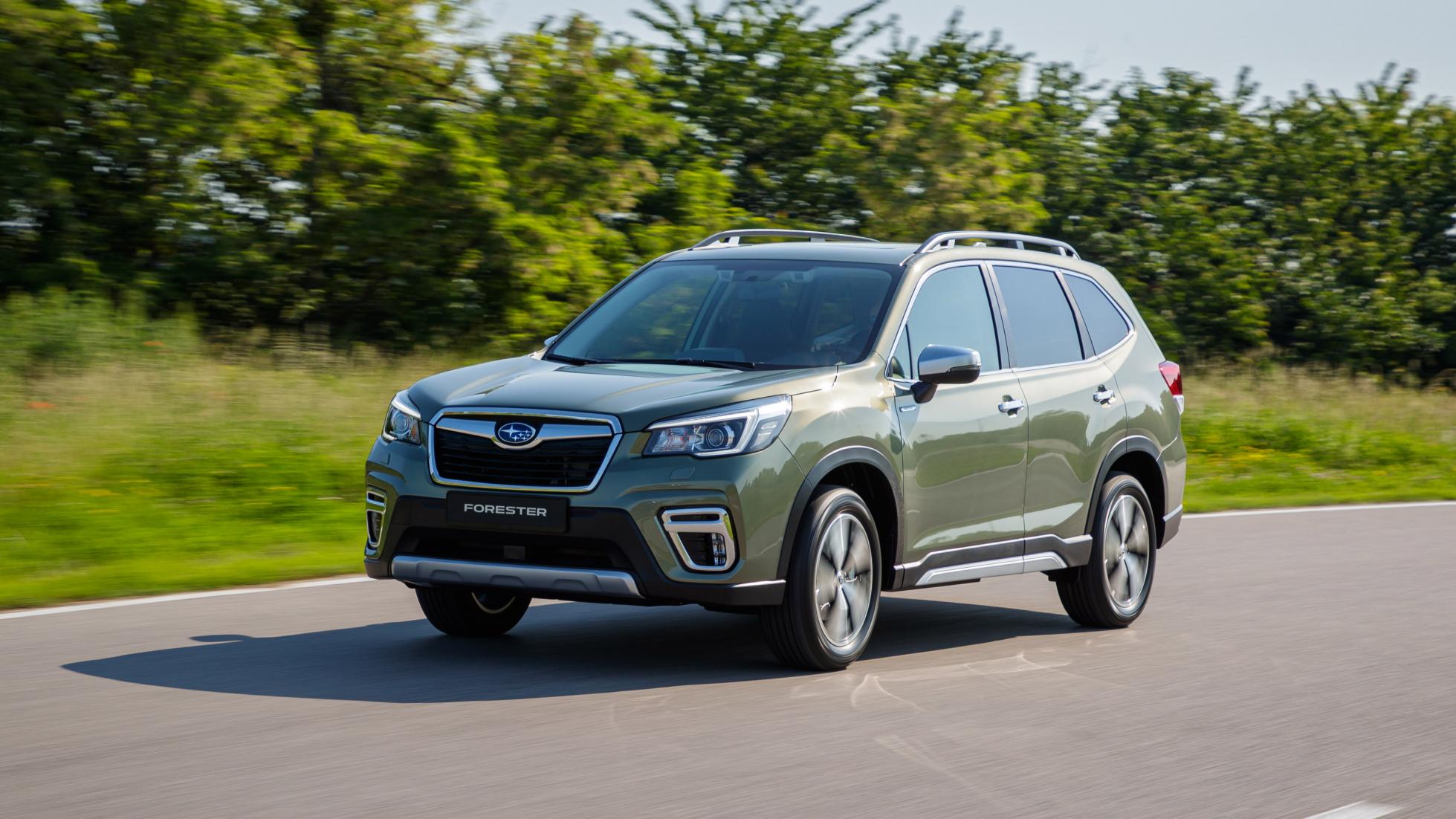
DRIVING - What is it like on the road?
Perhaps the first thing to note is that, with the Forester e-Boxer, Subaru has taken what are very much baby steps into the world of hybridisation. In fact, the e-Boxer’s battery is so small that it can only manage around a mile of all-electric range at speeds of up to 40kph. And as there’s no EV-only button, you’ll find yourself engaging the internal combustion engine if you even whisper in the throttle pedal’s ear. This isn’t a 48-volt mild hybrid, but it certainly feels like one. In fact, it sometimes feels just like an effective start/stop system.
This is the first Subaru in Europe to offer hybrid power, so if it’s been designed to not scare off rurally-based fans of the brand, they’ll be pleasantly surprised. If you still do plenty of town driving and want something that’ll run on electric power alone, a plug-in hybrid like the Mitsubishi Outlander PHEV would be a better option. With a majority of town driving, we managed just over 30mpg (9.4 litres/100km).
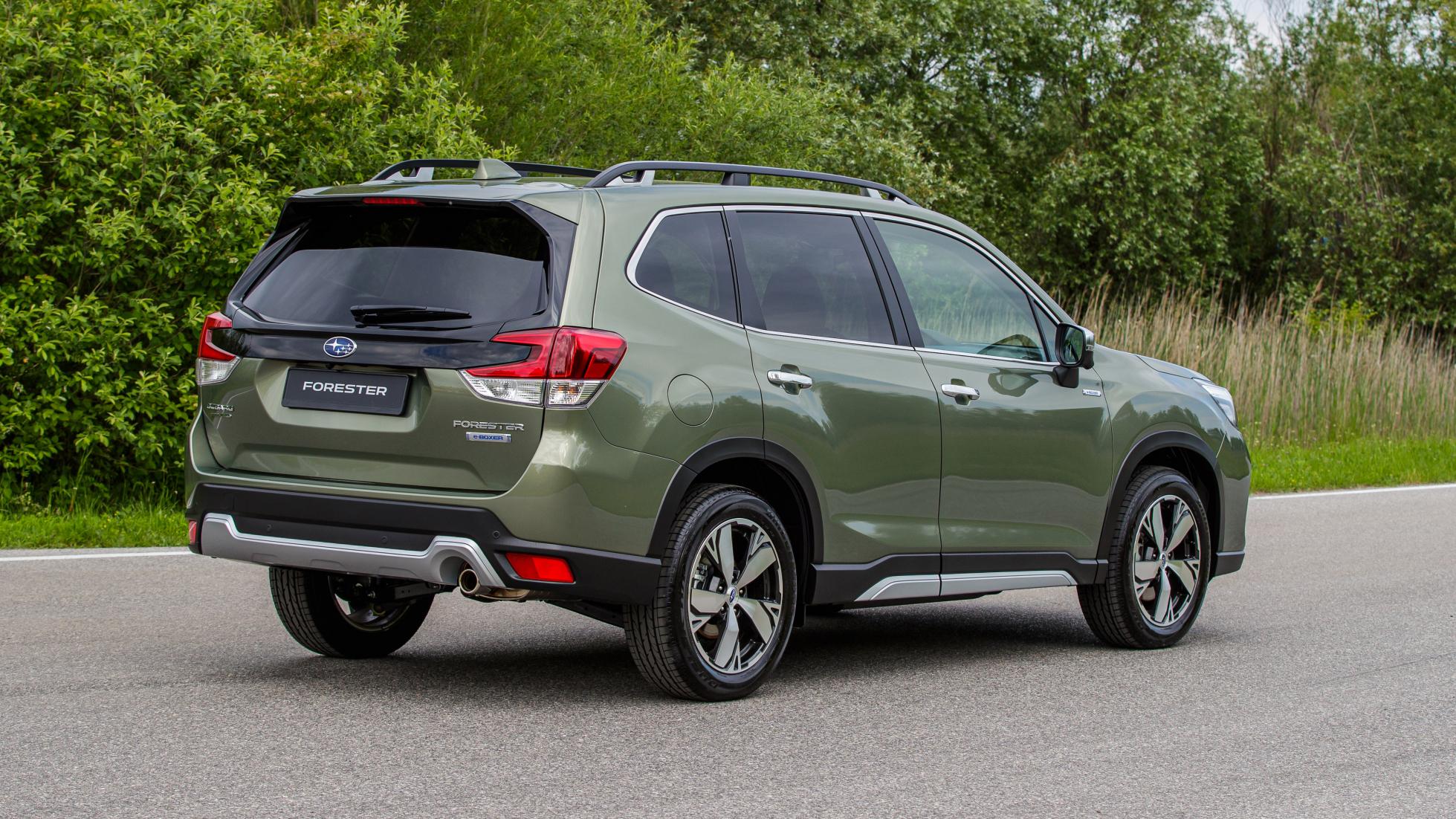
That’s not to say the Forester is bad to drive. The presence of that CVT gearbox means the revs climb a little high and things get a bit noisy under hard acceleration, but there’s enough in terms of responsiveness to generally avoid this, and the steering wheel-mounted paddles are a last resort – it’s marginally better than other CVTs in this segment.
The ride is impressively soft too – in part thanks to the high sidewalled tyres – and the steering is dynamic enough for something of this size. Then there’s Subaru’s EyeSight safety system, which comes as standard on all e-Boxers. This includes Adaptive Cruise Control, Pre-Collision Braking, Pre-Collision Throttle Management, Lane Sway and Departure Warning, Lane Keep Assist and Lead Vehicle Start Alert. While that may sound like a lot, nothing is too intrusive in daily driving and there’s a strong sense that you’d only notice the systems at the point of truly needing them. This is good news.
Off-road capabilities will probably be just as important to Forester buyers as on-road performance, so Subaru has covered that base with its Symmetrical All-Wheel Drive system and an X-Mode dial that can switch between normal, snow/dirt and deep snow/mud modes. The lack of a torquey diesel option may disappoint frequent towers, of course.
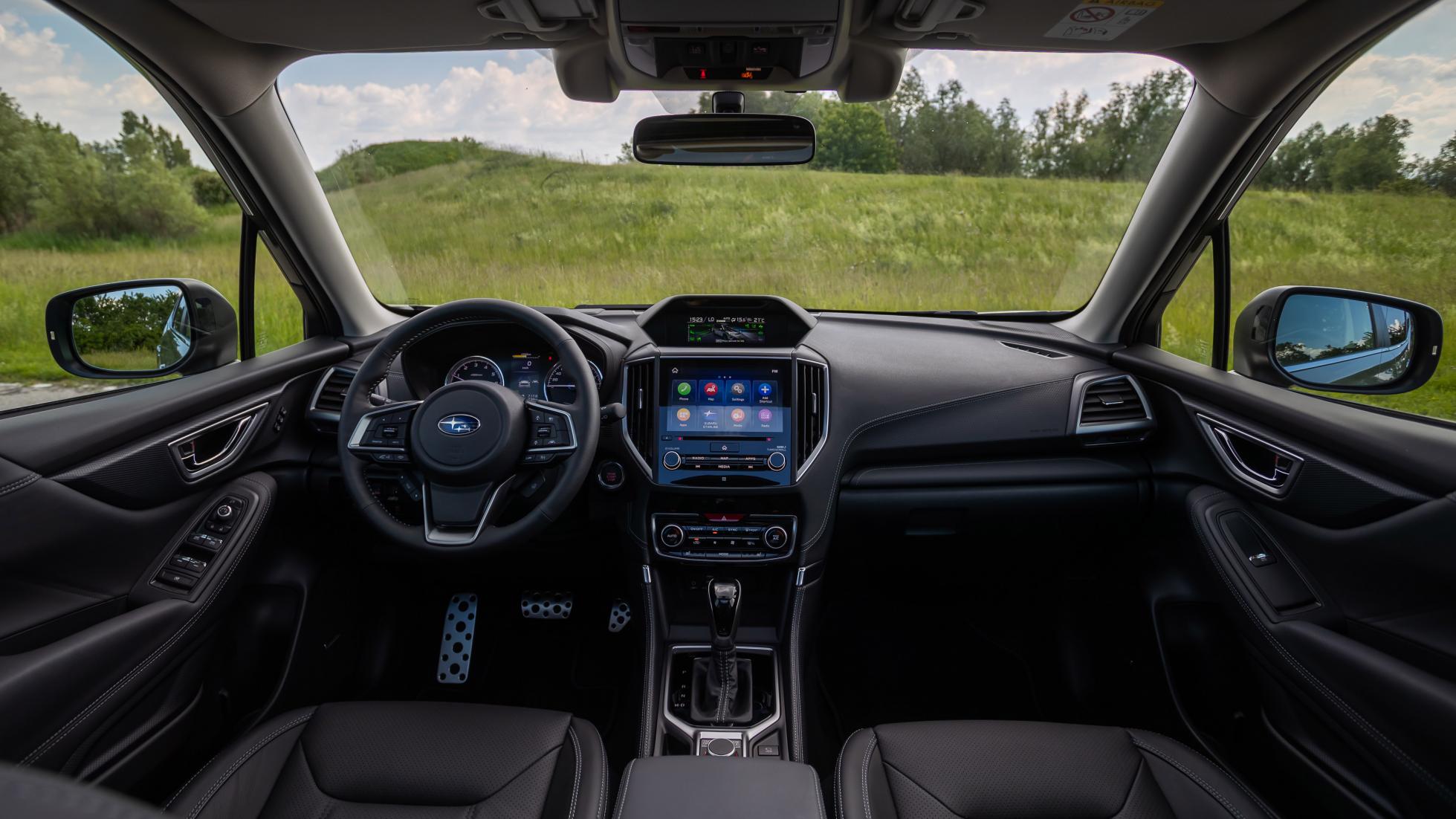
ON THE INSIDE - Layout, finish and space
As with our driving impressions, there are two sides to the story when it comes to the Forester e-Boxer’s interior. On the one hand, there are too many cheap plastics and not-the-most-premium buttons, but on the other hand it’s all thoughtfully laid out and extremely easy to use.
The seats aren’t quite supportive enough and the poor sound quality from the stereo would frustrate modern-day, speaker-spoilt kids in the back, but then those kids would have an enormous amount of space, plenty of connections and lots of glass to help avoid any car sickness.
It really is a practical option, the Forester. There’s plenty of kit and that boxy shape (although not the most beautiful from the outside) means there’s a huge and easily-loadable boot cavity, as well as fantastic visibility all round.
It might not have the more premium feel of rivals, but there’s a robustness that suggests it’d be an effective family companion.
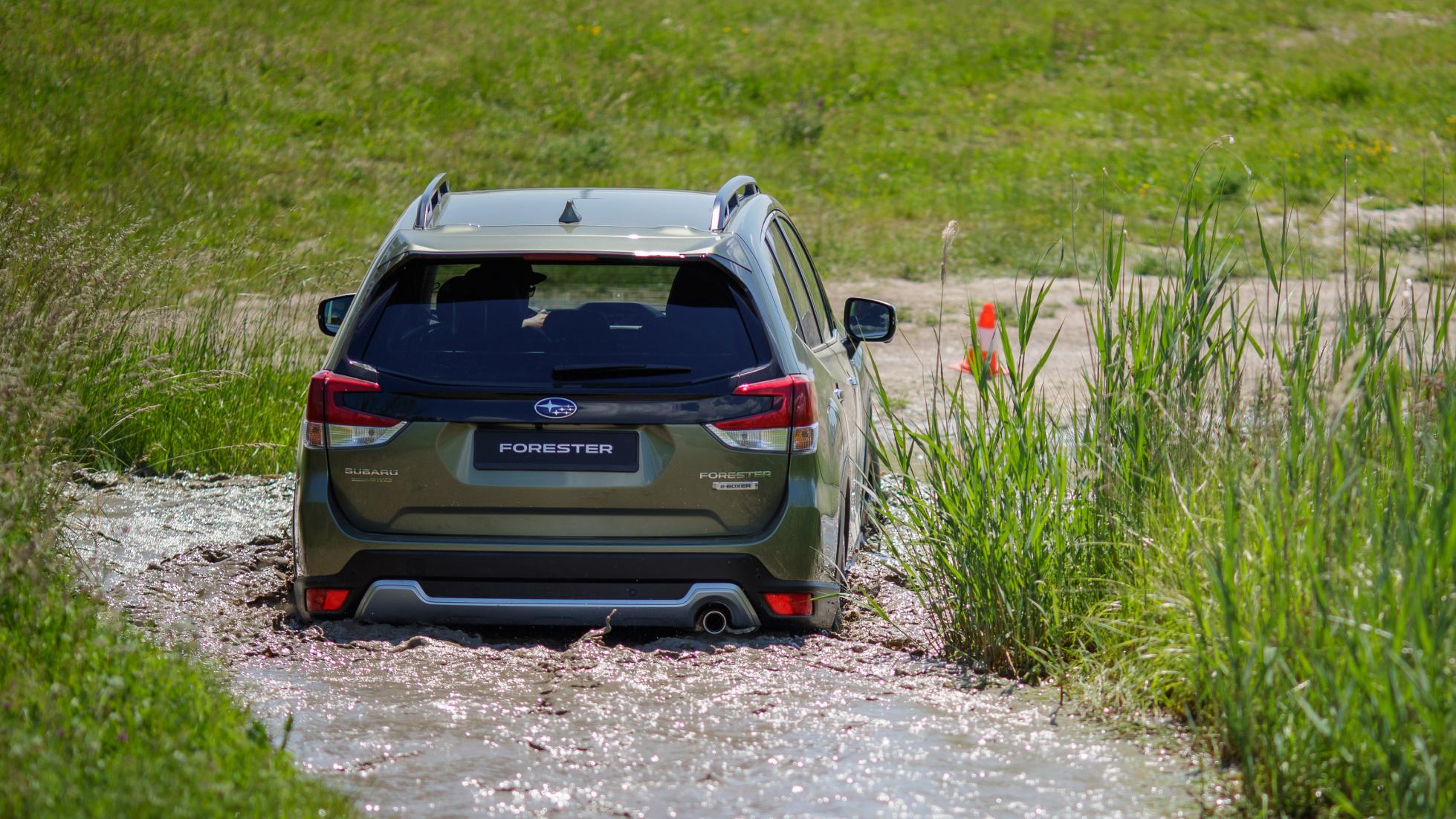
OWNING - Running costs and reliability
The e-Boxer is priced from £33,995, but the Premium trim level with which our test car came, commands a £3,000 um… premium. For that you get leather seats, heated rear seats, a powered tailgate and a sunroof. You also get built in sat-nav, although there’s Apple CarPlay and Android Auto as standard on the base-spec cars, so you may not feel like you’re missing out if you go non-Premium.
There’s also Subaru’s new Driver Monitoring System, which points cameras at the driver and uses facial recognition to detect whether you’re paying attention or not. It can recognise up to five different drivers, and if you head deep enough into the menus you can set the system up to automatically adjust things such as the seating position, door mirror angle, display screen content and air conditioning settings depending on who gets behind the wheel. It’s impressive tech, if a little Big Brother for our liking.
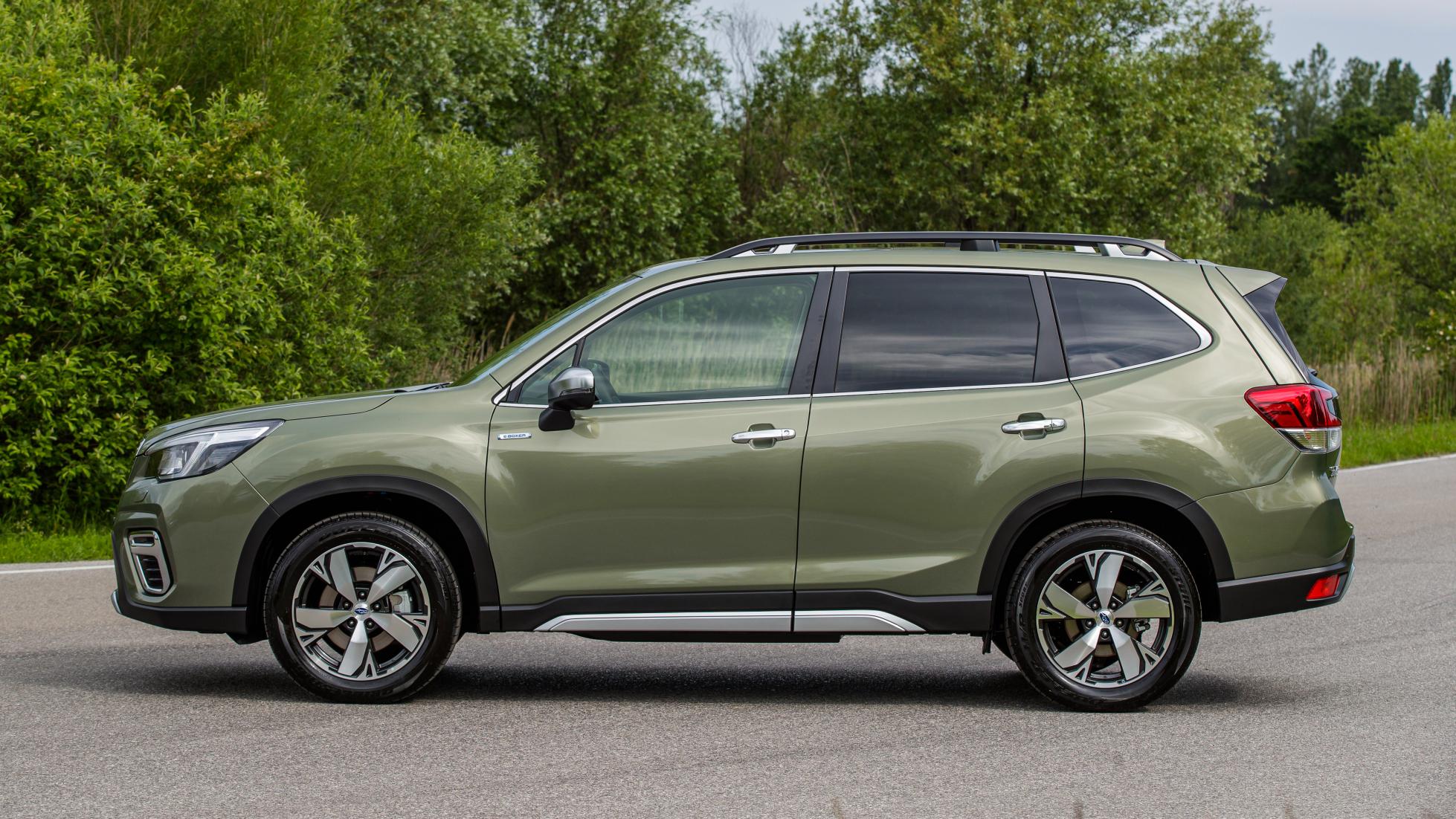
VERDICT
The Forester e-Boxer then is a tricky one to sum up. The Forester part is still an extremely loveable, practical SUV that has been enhanced with updated safety systems and interior tech. It retains the chunky, reliable feel of the old one and is bigger and thus more practical than it has ever been previously. It also retains its off-road abilities without compromising the on-road ride quality.
Unfortunately, the e-Boxer powertrain just feels like an error, or at the very least a missed opportunity – depending on how you view hybrids as a whole. That one mile of electric range isn’t enough to justify the extra development and thus purchase costs for buyers (it’s almost £3,000 more than the ICE Forester), and how many customers are realistically going to see the benefits of being ULEZ-exempt? Do Welsh farmers head into central London that often?
Couple that with the slightly dosy gearbox and some poor mpg figures, and – disappointingly – the Forester actually becomes difficult to recommend. Make no mistake, it’s still a very capable thing, but it’s lost some of that old-school charm that we loved about the previous generation.
A capable companion, but let down by its pointless hybrid range
| FOR | AGAINST |
| Great visibility, proper ride comfort, sensible safety systems | Tiny hybrid range, disappointing interior, some poor plastics |
| SCORE | 6/10 |
